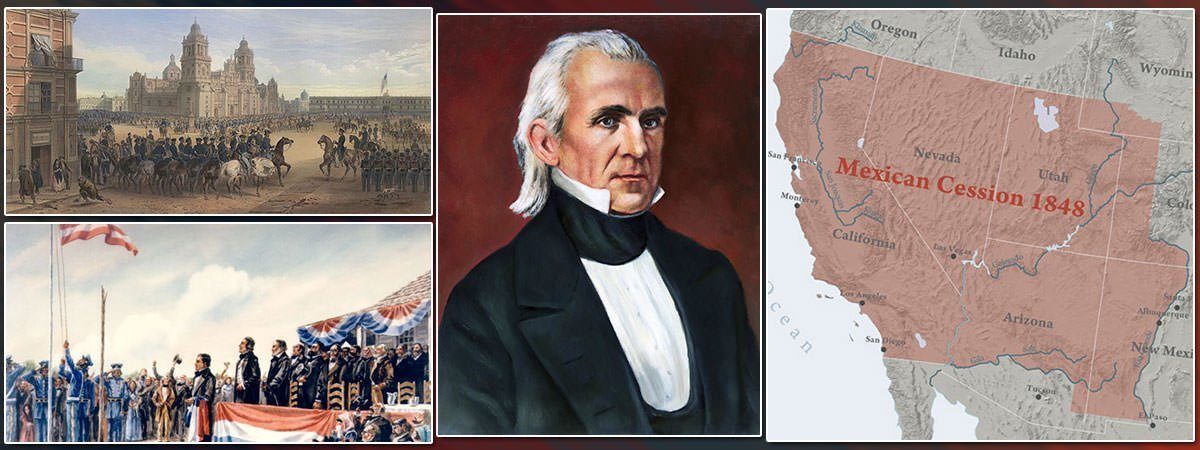James K Polk (1795 – 1849) was the eleventh President of the United States who served for a single term from 1845 to 1849. The presidency of Polk was dominated by an aggressive foreign policy which saw the territory of the United States grow by more than one-third making America a coast to coast nation for the first time. James K Polk is famous for leading US successfully during the Mexican–American War and for achieving all the four major goals he set for his presidency. He consistently ranks in the top 12 greatest presidents of the United States. Here are the 10 major accomplishments of James K Polk.
#1 He PLAYED A MAJOR ROLE IN THE BANK WAR
In 1825, James K Polk was elected from Tennessee to the U.S. House of Representatives. Polk served seven terms in the U.S. Congress from 1825 to 1839. Following the victory of Andrew Jackson in the 1828 Presidential Elections, Polk became one of the most loyal supporters of President Jackson. He played a prominent role in the Bank War which started due to Jackson’s vehement opposition to the re-authorization of the Second Bank of the United States. Polk, known for his excellent oratory skills, aided Jackson’s triumph with the national bank failing to secure re-charter.

#2 HE SERVED AS GOVERNOR OF TENNESSEE FROM 1839 TO 1841
James K Polk served as the Speaker of the United States House of Representatives from 1835 to 1839. He remains the only president who served as Speaker of the House. In 1839, Polk left Congress to fight the election for the Governor of Tennessee. He defeated Newton Cannon of the Whig Party, who had won the previous two elections. James K Polk served as the Governor of Tennessee from October 14, 1839 to October 15, 1841. He ran for governorship again, in 1841 and 1843, but lost both the times.
#3 He WAS THE YOUNGEST U.S. PRESIDENT WHEN HE TOOK OFFICE
In the 1844 U.S. Presidential Elections, prominent contenders in the Democratic Party couldn’t reconcile their differences and Polk emerged as a compromise candidate. He is thus considered as America’s first dark horse presidential candidate. James K Polk defeated Henry Clay, leader of the Whig Party, in the 1844 election; winning the popular vote by around 39,000 out of 2.6 million, and the Electoral College with 170 votes to Clay’s 105. He assumed office at the age of 49 on 4th March 1845 becoming the youngest U.S. President at that time. Polk had declared in advance that he would only serve one term and he honored his pledge, thus serving as President of the United States from 1845 to 1849.
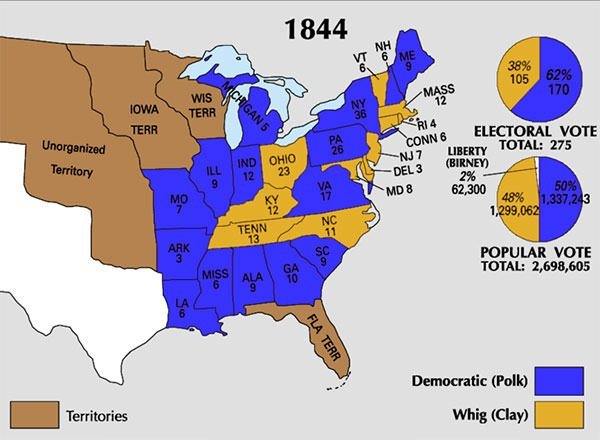
#4 TEXAS WAS ANNEXED DURING HIS PRESIDENCY
The Republic of Texas declared independence from Mexico in 1836. There were intermittent conflicts between Texas and Mexico, and many Texans favored the annexation of the republic by the United States. The annexation of Texas was a major agenda during the 1844 Presidential election of U.S. with the Democrats being pro-annexation. Immediately after assuming office James K Polk encouraged Texas to accept the offer proposed during the presidency of his predecessor John Tyler. Texas ratified the agreement and on December 29, 1845, Polk signed a resolution which made Texas the 28th state of the Union.
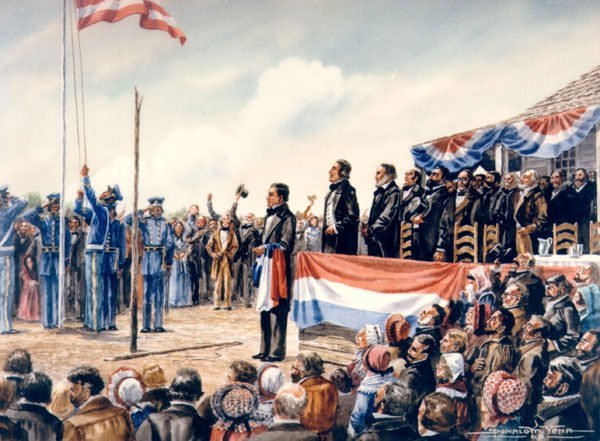
#5 He LED U.S. To Victory DURING THE MEXICAN–AMERICAN WAR
The annexation of Texas further strained the already tense relationship between Mexico and America as Mexico had still considered Texas as its national territory. This led to the Mexican–American War which began on April 25, 1846. James K Polk was the first wartime president of America since James Madison and he did much to define the role of the president as commander-in-chief. US forces led by Winfield Scott won the Battle for Mexico City on 15th September 1847 thus capturing the Mexican capital and assuring American victory in the war.

#6 His MEXICAN CESSION ADDED VAST TERRITORY TO THE UNITED STATES
During the Mexican-American War, James Polk got the Congress to approve the purchase of Alta California from Mexico. In July 1846, he sent an envoy to meet Mexican president Santa Anna with a proposal to end war and allow U.S. to purchase Alta California but Santa Anna refused. After the Mexican capital fell, their new president Peña y Peña agreed to negotiate on Polk’s terms leading to the Treaty of Guadalupe Hidalgo. Mexico recognized the loss of Texas and ceded the territory of Alta California and Santa Fe de Nuevo México to America and U.S. agreed to pay $15 million as damage of war. Mexican Cession included the modern states of California, Nevada, Utah, most of Arizona, and parts of New Mexico, Colorado, and Wyoming. 600,000 square miles of territory was added to the United States as a result.
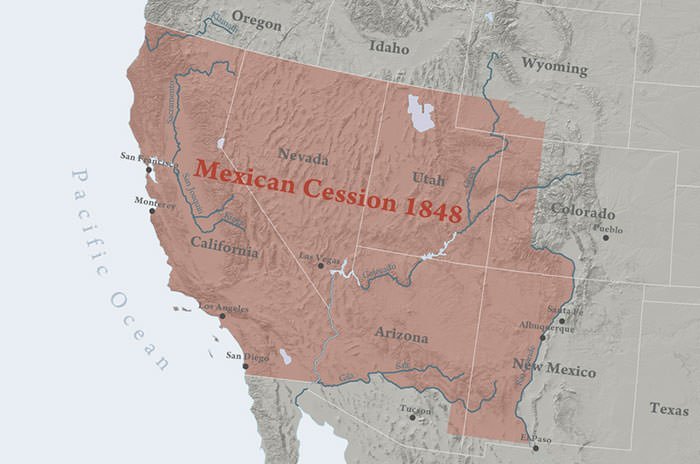
#7 OREGON TREATY WAS NEGOTIATED DURING HIS PRESIDENCY
Oregon Country was a disputed region in western North America. From 1819 to 1825, treaties were signed which led to Russia and Spain withdrawing their territorial claims and since then U.S. and U.K. jointly controlled the region. President Polk proposed to divide the territory at 49th parallel north but his offer was rejected by the British. Polk then broke off negotiations and threatened to annex the entire region up to the 54-40 line. Britain asked U.S. to reopen negotiations. Oregon Treaty was signed on 15th June 1846 with the region below the 49th parallel becoming American territory. Polk’s willingness to risk war and his tough negotiations tactics helped America negotiate a favorable treaty. Oregon Territory acquired by the United States later formed the states of Washington, Oregon, and Idaho, and parts of Montana and Wyoming.
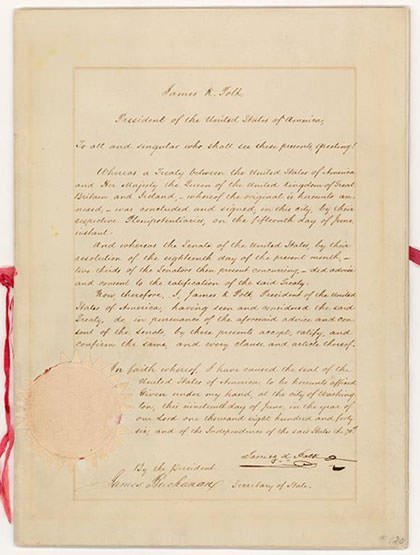
#8 He Helped ESTABLISH U.S. PRESENCE IN PANAMA
Benjamin Alden Bidlack, Polk’s ambassador to New Granada (present-day Colombia and Panama) negotiated a treaty with the Secretary of Foreign Affairs of New Grenada, Manuel María Mallarino, known as the Mallarino–Bidlack Treaty. Signed on 12th December 1846, it strengthened military and trade ties between the two countries. The treaty granted U.S. significant transport rights in Panama, in return for U.S. guaranteeing New Granada’s sovereignty over the isthmus. Mallarino–Bidlack Treaty allowed America to establish a strong influence in the region and ensured that Great Britain wouldn’t dominate Central America. It also paved the way for the construction of the Panama Railway.
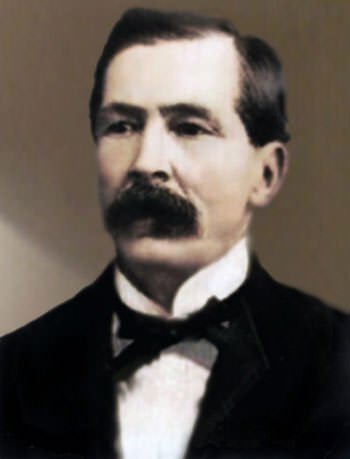
#9 TARIFF RATES WERE REDUCED LEADING To INCREASED ANGLO-AMERICAN TRADE
In August, 1846, James K Polk re-established the Independent Treasury System, which was to be completely independent of the banking and financial system of the nation. The system established by Polk would remain in place until the Federal Reserve Act in 1913. Polk’s other major domestic initiative was the lowering of the tariff. The Walker Tariff, named after the Secretary of the Treasury Robert J. Walker, was adopted by Congress in 1845. It set the rate independent of the value of the product leading to reduction of tariff rates from 32% to 25%. It was one of the lowest tariffs in American history. The Walker Tariff in U.S. and repeal of the Corn Laws in Britain led to an increase in trade between the two nations.
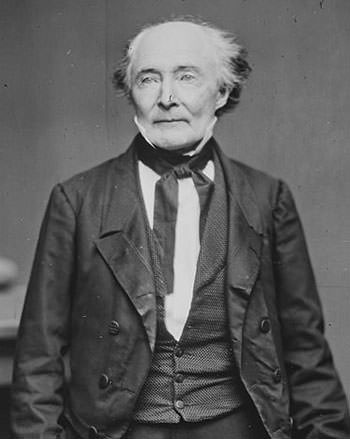
#10 He ACCOMPLISHED ALL MAJOR GOALS HE SET FOR HIS PRESIDENCY
James K Polk set four distinct goals to accomplish during his presidency; reestablishment of Independent Treasury System, reduction of tariffs, acquiring some or all of Oregon Country, and acquiring California and New Mexico. He went on to achieve all of his four primary goals. During the presidency of Polk, the territory of the United States grew by more than one-third and, for the first time, it became a coast to coast nation. Though the contributions of James Polk were not recognized for many years, later historians credited him for being a strong president who accomplished the tasks he set for his presidency. James K Polk consistently ranks in the top 12 in polls conducted for the greatest President of the United States, like the 2005 Wall Street Journal Poll in which he ranked ninth.
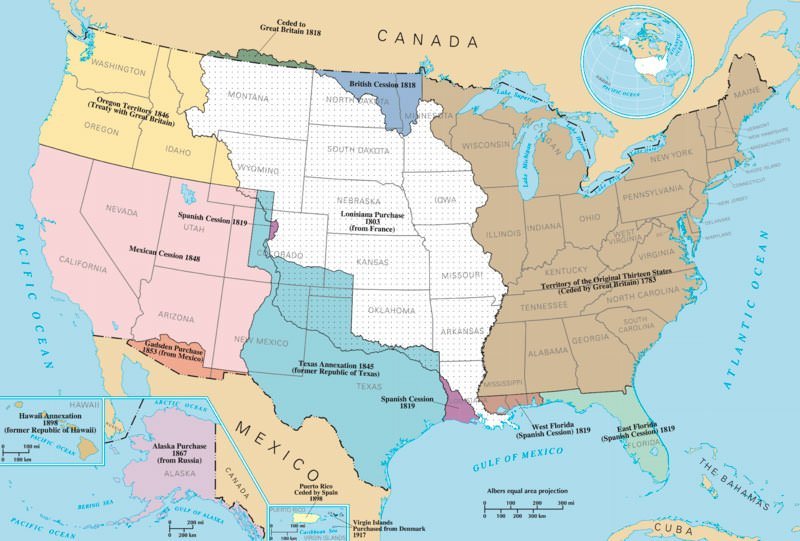
BORNEMAN ON WHY POLK WAS AN INFLUENTIAL PRESIDENT
Eminent American historian Walter R. Borneman wrote a book on the presidency of James K Polk which was titled Polk: The Man Who Transformed the Presidency and America. He gave 3 reasons why Polk deserved recognition as a significant and influential American president, “First, Polk accomplished the objectives of his presidential term as he defined them; second, he was the most decisive chief executive before the Civil War; and third, he greatly expanded the executive power of the presidency, particularly its war powers, its role as commander-in-chief, and its oversight of the executive branch.”

